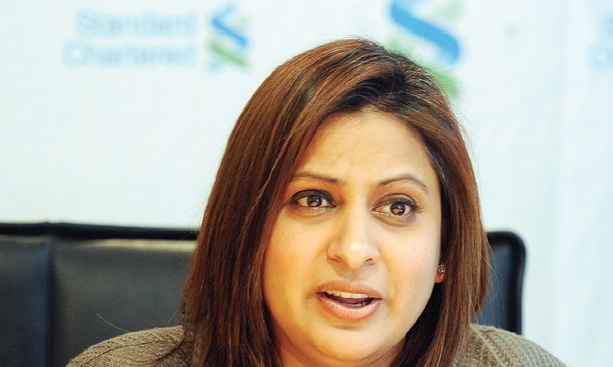Botswana’s growth record has set it apart from Sub Saharan African peers. Even after the 2008-09 global financial crisis, a period characterised by weaker diamond production, Botswana grew faster than other Southern African Customs Union (SACU) economies. Despite this favourable performance, Botswana’s growth has fallen short of the rapid increase in GDP per capita observed in previous decades, especially in the 1970s and 1980s. While Botswana has achieved lower-middle-income status, in order to see further development and escape from the ‘middle-income trap’, it will need accelerated reform. Greater investment and faster productivity growth will be needed to improve potential output, which has stagnated. How can Botswana become a high-growth economy once again and raise per capita income further? The old model, where growth depended largely on accumulated diamond wealth, and the public sector played a key role in driving economic growth, may no longer meet the country’s needs. To enhance potential output more fully, Botswana’s private sector may need to take over from the public sector as the main driver of economic activity. This is likely necessary to reduce unemployment, as the public sector struggles to do this on its own. The uncertain global economic outlook, with rising trade and geopolitical tensions, provides yet another reason for Botswana to diversify its current narrow economic base. External reserves remain high, but Botswana would benefit from embracing diversification from a position of strength rather than acting only when it is forced to do so by falling diamond revenue. Encouragingly, Botswana’s government has already initiated a structural reform agenda. Business climate reforms are being tackled. Botswana will soon legislate to reduce the time it takes to set up a new business. Work permits and visa liberalisation issues are also being addressed, helping to overcome skill constraints in the private sector. While these are encouraging first steps, there is still plenty to do in the medium term. Action is needed on underperforming SOEs and many more measures could be taken to deepen the financial sector. Botswana has vast, but underutilised tourism potential. Micro reforms could address domestic beef production, with the potential to dramatically scale up exports. While the recent revival of the reform agenda promises much, it is important to keep focused on medium- to long-term goals. These include addressing key bottlenecks to growth, creating an environment conducive to private-sector growth, improving productivity growth, and attracting greater investment. Should Botswana get its reform agenda right, eventual upper-middle-income status remains in sight. Potential output should rise, and higher per capita incomes could be realised.
Razia Khan
Razia Khan is Managing Director, Chief Economist for Africa and the Middle East, with over 20 years of experience covering emerging and frontier markets. She is a well-known commentator on the region, and has provided regular updates to central banks, finance ministries and sovereign wealth funds. She currently serves on the WEF’s Global Future Council on Migration and on the Advisory Board of the Royal Africa Society. She was named one of the ‘100 Most Influential Africans’ in 2015 by New African Magazine, and the ‘100 Africa Economics Leaders’ by Institut Choiseul (2017). Razia holds BSc and MSc (Econ) degrees from the London School of Economics.
